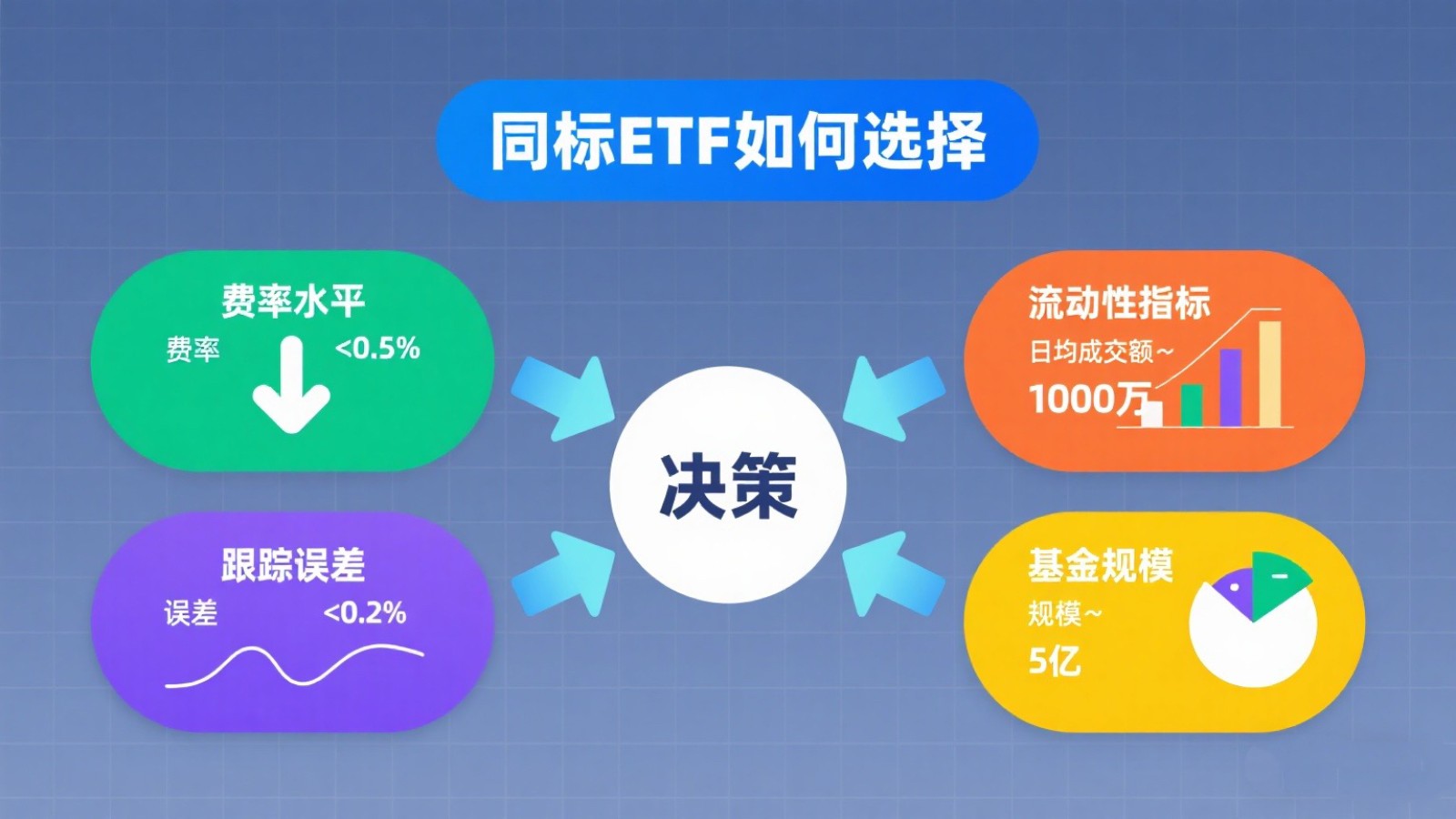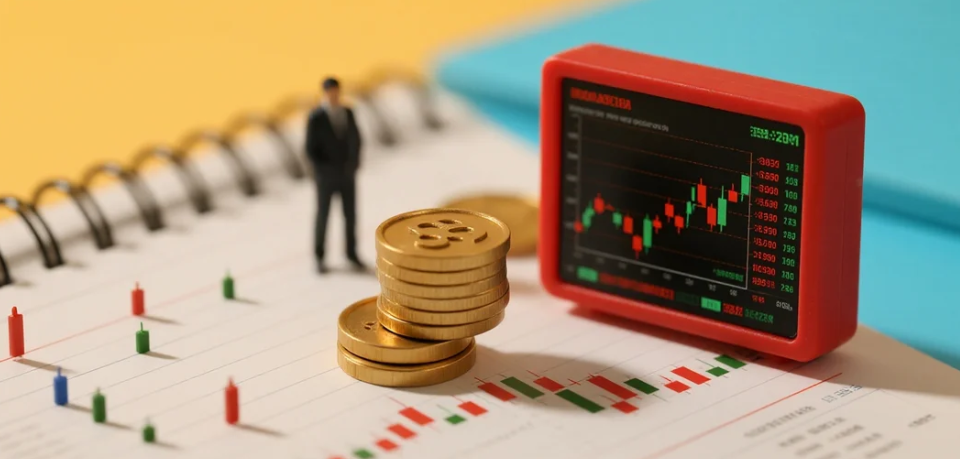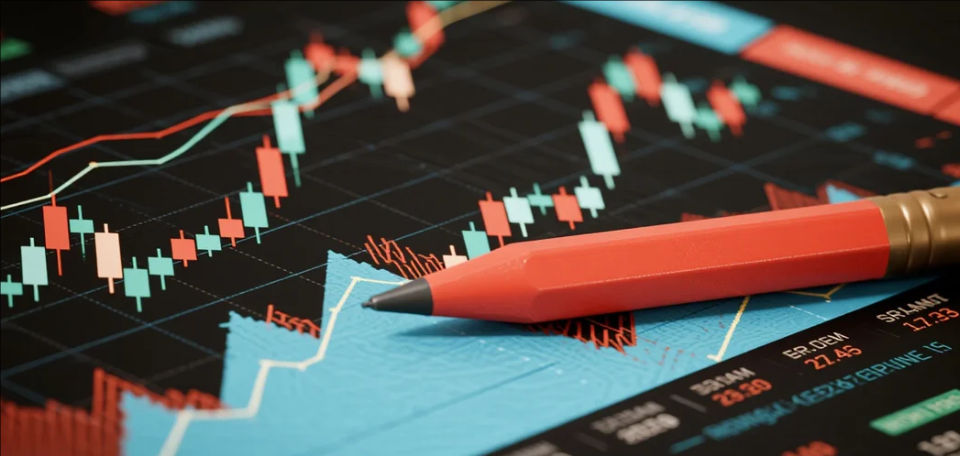
Tracking Error and Excess Returns Are Not Contradictory—You Can Have Both
At this point, some investors may wonder: Could an ETF with high excess returns also have a large tracking error, deviating significantly from its target index?
In fact, these two factors are not mutually exclusive. The excess return of an ETF is the difference between the fund's return and the index's return, while the tracking error reflects the stability of this difference. A larger tracking error indicates less stability in excess returns. If an ETF can generate relatively stable excess returns—meaning the difference between the fund's return and the index's return remains consistent at each time point—the tracking error will naturally be smaller.
In other words, an ETF with high excess returns can also have a small tracking error. Take products tracking the CSI 300 Index as an example. Wind data shows that E Fund CSI 300 ETF (510310) achieved high excess returns while maintaining leading tracking error control. By the end of 2023, this ETF had a cumulative excess return of 14% over the past five years, with an annualized tracking error of just 0.57%.
Adhering to a disciplined index investment strategy while maintaining a small tracking error and achieving high excess returns is a testament to the ETF manager's capabilities.
Three Steps to Selecting the Best ETF in Its Category
With an increasing number of ETFs tracking the same index, it’s easy to fall into the trap of selecting only the largest, the one with the lowest tracking error, or the one with the lowest fees. Here’s a three-step guide to simplify the process:
-
Size Matters: Prioritize products with assets exceeding 200 million to mitigate liquidation risk.
-
Liquidity Check: Evaluate liquidity metrics like average daily trading volume and on-market turnover rate to identify actively traded ETFs that meet your trading needs.
-
Performance Screening: Among ETFs with sufficient size and good liquidity, choose those with small tracking errors and high excess returns.
Generally, fund companies with larger assets under management (AUM) and deep expertise in ETFs possess industry-leading risk control systems and investment management platforms. Their advanced operational capabilities enable them to generate more excess returns while strictly controlling tracking errors. Investors should pay close attention to ETF products offered by such firms.
















